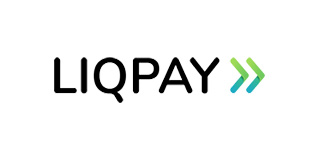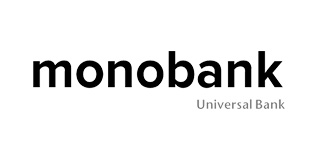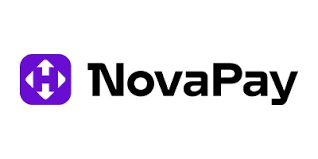TuyaSmart/SmartLife and eWelink - can you build a full-fledged smart home on them?

What is a true smart home?
TuyaSmart and eWelink limitations
Cloud dependency
One of the biggest problems with these ecosystems is their reliance on cloud servers. Want to turn on the lights or check the status of a sensor? Please connect to a server in China first. If the internet goes down or the server goes down (which happens more often than you'd like), your "smart" home becomes a collection of ordinary devices. I remember a case where a customer couldn't turn on the heating due to a Tuya service outage — and that was on a frosty evening! In a true smart home, control should be local, with the cloud only as an option.Limited integration
TuyaSmart and eWelink offer basic compatibility with Google Home or Alexa , but that's just the surface level. Try combining devices from different brands into a complex scenario — for example, having a motion sensor from eWelink turn on a Tuya light and then adjust the temperature on a third-party air conditioner. This is either impossible in native apps or requires crutches through third-party services like IFTTT , which add latency and even more dependence on the internet.Weak automation flexibility
Automation in these systems looks like a children's designer: on/off, timer, maybe even changing the color of the bulb. But if you need a scenario where the system analyzes data from several sensors (illumination, temperature, presence) and makes decisions based on "if-then-else" logic, then TuyaSmart and eWelink are powerless. Their applications simply do not have the tools to create such conditions. This is not a smart home, but a remote control with several buttons.
Quality and standards issues
Tuya and eWelink -based devices are often manufactured by multiple OEMs, which leads to chaos in quality. The same motion sensor can work perfectly in one batch and fail in another. Moreover, Tuya likes to "invent" its own versions of Zigbee , which do not always work correctly with independent hubs. I had a case when a Tuya Zigbee sensor refused to connect to a third-party controller due to a non-standard profile - I had to spend hours on firmware.
Security and privacy
Both platforms raise security questions. The data is transmitted through cloud servers, and who knows how it is processed there? There have been reports of vulnerabilities in the firmware of Tuya devices that allow attackers to gain access to the network. In comparison, in professional systems such as Crestron or Control4 , security is a priority, not an afterthought.
Why isn't this a smart home?
Using sensors in Home Assistant
Integration via Local Tuya or eWelink Add-on
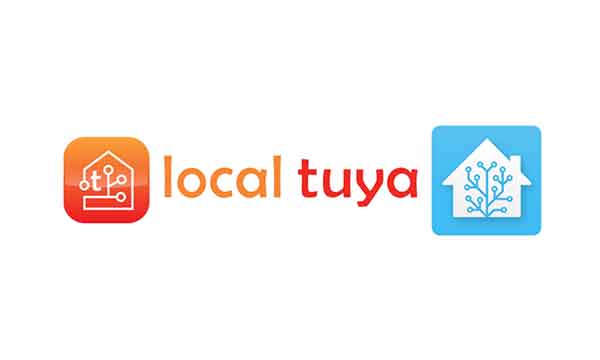
Home Assistant allows you to connect these devices locally, bypassing the cloud. For Tuya
There is LocalTuya integration, which requires a bit of fiddling around: creating a developer account, getting API keys, setting up static IPs. There is an official app for eWelink that supports both cloud and LAN connections. The result? Your sensors work offline, and latency is minimized.
Zigbee sensors and Z2M
If you have Zigbee devices from Tuya or eWelink , it is better to connect them via Zigbee2MQTT ( Z2M ). This gives full control and compatibility with any hubs that support standard Zigbee . I often recommend that customers flash Tuya devices with custom firmware (for example, Tasmota ) to get rid of "branded" surprises and make them universal.
Advantages of Home Assistant
In Home Assistant, sensors from Tuya or eWelink come to life. You can set up complex automations: for example, a motion sensor to turn on the light only at a certain level of light, and a temperature sensor to start the heater if someone is at home. All this works locally, quickly and reliably. I recently did a project where a humidity sensor from Tuya controlled a humidifier through Home Assistant - the system itself maintained a comfortable level without my intervention.
Disadvantages of integration
But there is a catch. First, setup takes time and technical knowledge — not everyone is ready to dig into YAML files or flash devices. Second, not all features are available: for example, Tuya locks are still not supported in the official Home Assistant integration. Finally, if the device is "closed" and cannot be flashed, you are still dependent on the cloud.
A chance to bump into Tuya
In the process of searching for an alternative to Tuya , there is a danger of running into it. After all, TuyaSmart "recruits" third-party developers to its cloud, providing them with its service API and advanced capabilities. Such as application branding. That is, developers get the opportunity to publish a mobile application with their own logo. But apart from it and the color palette, the application does not have any additional functionality and is also limited to controlling Tuya devices. Thus, some IoT market players sell TuyaSmart devices and services under their own brand, passing off the Chinese cloud solution as their own development. Here is an example: three different products, each with its own application, but united by one thing - TuyaSmart under the hood.

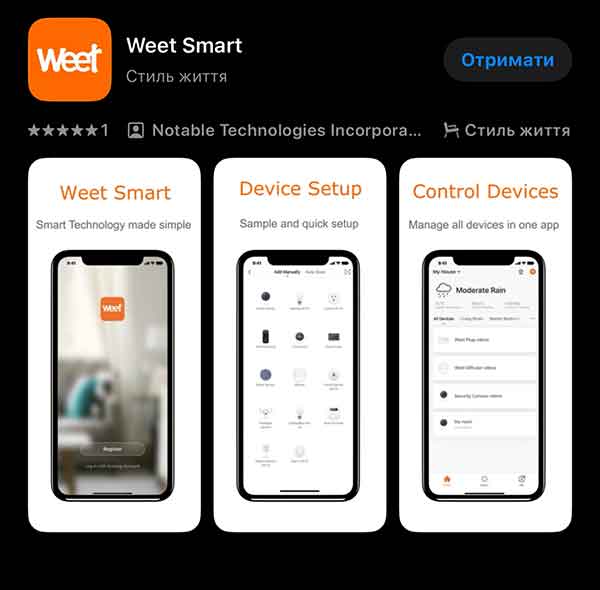
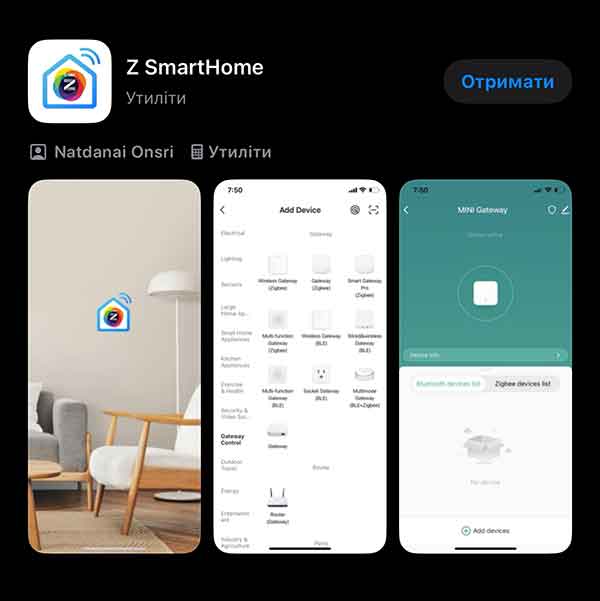
Conclusion
Author
Recent posts
-
27.03.2025Why is TuyaSmart not a smart home?
-
05.03.2025About smart homes
-
05.03.2025Publications
-
12.02.2025Solplanet vs Deye
-
30.01.2025We have connected the MonoBank payment system - making payments even more convenient!
-
22.01.2025We now accept NovaPay payments
-
15.01.2025We have started accepting LiqPay payments
-
04.01.2025A Telegram Bot has been launched in our online store to monitor price dynamics.
-
20.12.2024Tuya announces paid subscription
-
11.12.2024Solplanet kit overview - ASW6000H-S2 inverter + AI-LB5K Pro battery






